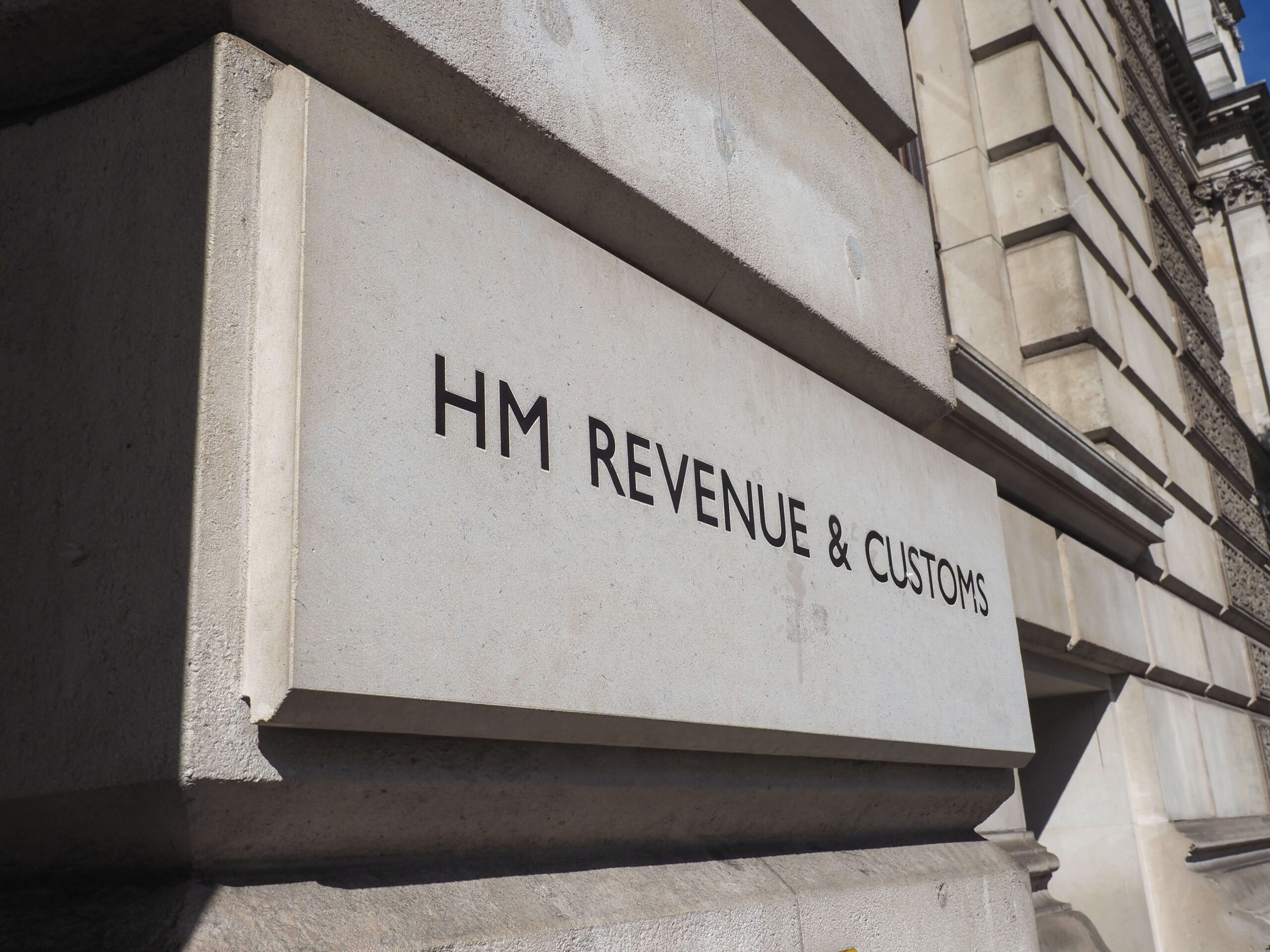Finance Act 2024 - Impact of new R&D tax legislation
29 February 2024
(3 min read)
The biggest shake-up to the R&D tax scheme since its inception is now consecrated in law.
Despite there still being a consultation on HMRC’s guidance on overseas restrictions and interpretation of subcontracting (ending 1 March 2024), the rules governing the single RDEC scheme and the R&D Intensive SME scheme are now set in legislation.
Although the new schemes do result in some minor simplifications, such as the majority of SMEs no longer needing to assess their SME status and a simplified calculation of the tax benefit received by the company, these rules also bring about complexities that we advise companies to seek immediate professional advice on including:
01 | R&D Intensive SME Scheme
The new RDEC scheme was billed by the government to be a simplification of the scheme by bringing SMEs and Large Companies under the same rules.
However, the introduction of the R&D Intensive SME scheme means that there will still be two schemes, and for a temporary length of time, three schemes, running in parallel. The R&D Intensive SME scheme is brought in two phases:
- For expenditure incurring on or after 1 April 2023 – Loss making SMEs with an R&D intensity of 40% or higher (based on company expenditure over latest 12 months of accounts) will be able to claim an R&D tax credit at a rate of 14.5% instead of the standard 10%. This will mean the maximum rate claimable will be 27% compared to 18.6% for non R&D intensive SMEs.
- For accounting periods beginning on or after 1 April 2024 – The same rate of relief applies but the R&D intensity is reduced to 30%.
The calculation of R&D intensity includes connected companies and any R&D expenditure that has been capitalised as intangible fixed assets on the balance sheet and so companies should seek professional advice to ensure this calculation is made correctly and avoid under or over-claiming.
02 | New RDEC Scheme
OVERSEAS SUBCONTRACTING AND EPW RESTRICTIONS
The majority of expenditure incurred on contracting out R&D to subcontractors and the use of overseas EPWs will not be claimable in future unless they meet a set of strict criteria.
- To claim a cost for an overseas subcontractor or EPW, a company will need to be able to show that the work needed to be done overseas because it would be wholly unreasonable to replicate the conditions in the UK due to geographical, environmental and social conditions and can include legal or regulatory requirements.
- For example: requiring volunteers in specific disease-affected countries for clinical trials, animal or plant biodistribution, investigating the structural stability of a construction project within an extremely deep mine, presence of machinery or facilities that are not present in the UK (such as polar road testing facilities), IP ownership, the cost of transporting materials or the requirements of legislative or regulatory bodies that require R&D is undertaken in a particular country.
- As per previous draft guidance, cost and availability of workers will not be accepted as meeting the criteria necessary to claim overseas subcontractors or EPWs.
- Professional advice should be sought to ensure the necessary qualifying criteria is met.
SUBCONTRACTING
Large companies will now be able to claim costs for subcontracted-out R&D activities
- However, this must be in line with HMRC’s recently released draft guidance covering their view on whether a client has “contemplated” R&D activity being necessary when contracting out R&D to a subcontractor. It will be deemed that if it is reasonable to assume that the client contemplated R&D activity, then the client will be able to claim the subcontractor’s cost.
- As this will be the test governing whether a client or a subcontractor is able to claim R&D on activities arising from a contract, the structure and wording of contracts will need to be carefully assessed on a case-by-case basis to ensure a compliant claim to relief is made.
- Professional advice should be sought to ensure a legitimate claim is made and to mitigate against disputes with customers/subcontractors..
03 | Historic Claims Investigation
- Alongside these complexities, it is notable that last month, the National Audit Office published a report assessing the effectiveness of tax measures against economic growth and recommended that the historic error and fraud associated with the R&D SME scheme would mean it would be worthwhile HMRC investigating historic claims.
- HMRC has discovery powers to look at claims submitted in at least the past four years if they can prove a company failed to take reasonable care..
Seeking and following the advice of a competent professional tax advisor is deemed to be following reasonable care, and so we urge companies that have self-claimed in the past to seek guidance on these complex matters.
Visiativ can help.
We can help you set up the processes you need to get your company prepared for the increased level of complexity in claiming R&D tax relief following the recent changes.
Just like we did for our clients at Peerless Plastics & Coatings: “Our accountants told us the rules for claiming R&D tax relief were changing and recommended we partner with VISIATIV on our upcoming R&D tax claims. I had always managed our R&D tax relief claims myself; however, given HMRC’s increased scrutiny, I recognised the need for expert assistance. Bringing in VISIATIV offered reassurance that we had support ready should any challenges arise.” Peter Llewellyn-Stamp, Director
If you have any questions relating to R&D tax relief or wish to discuss the implications of recent changes to the R&D tax relief scheme on your own claims, please get in touch with VISIATIV, and a representative will get back to you to discuss your unique needs and explain how we can assist.








